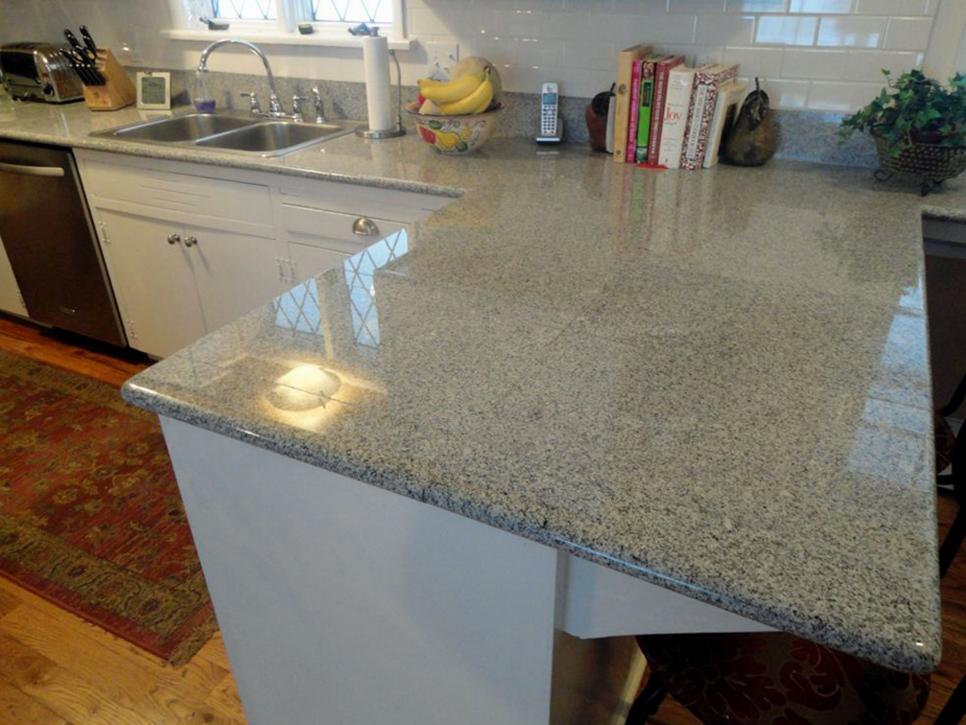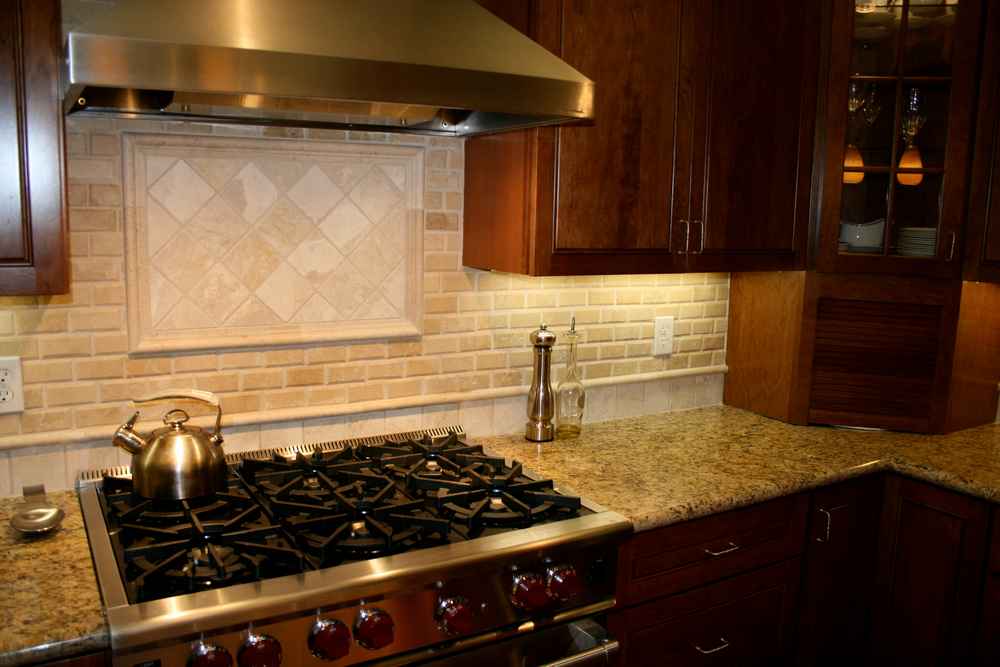Lazy granite tile is an innovative and cost-effective solution for homeowners looking to upgrade their kitchen countertops. Unlike traditional slab granite countertops, which can be expensive and require professional installation, lazy granite tiles offer the beauty and durability of granite at a fraction of the cost. These pre-fabricated granite tiles are designed for easy DIY installation, making them an attractive option for budget-conscious homeowners who want to add elegance and sophistication to their kitchen without breaking the bank.

Understanding Lazy Granite Tile
Lazy granite tiles are pre-fabricated granite tiles that are designed to mimic the look and feel of traditional slab granite countertops. These tiles are made from natural granite stone that is quarried, cut, and polished to perfection. The tiles come in standard sizes, typically ranging from 12×12 inches to 18×18 inches, although custom sizes may be available from some manufacturers. Lazy granite tiles are available in a variety of colors and patterns, allowing homeowners to choose a style that complements their kitchen decor and personal taste.
One of the main advantages of lazy granite tile is its affordability compared to traditional slab granite countertops. Since the granite is cut into tiles rather than large slabs, the cost of materials is significantly lower. Additionally, lazy granite tiles can be installed by homeowners with basic DIY skills, eliminating the need for expensive professional installation. This makes lazy granite tile an excellent option for budget-conscious homeowners who want to achieve the luxurious look of granite without the high price tag.

Installation Process
Installing lazy granite tiles is a relatively straightforward process that can be completed in a weekend with the right tools and materials. Start by measuring the dimensions of your countertop space to determine how many tiles you’ll need. It’s essential to account for any overhangs, edges, or corners when calculating the number of tiles required. Once you’ve determined the layout of the tiles, use a level to ensure that the countertop surface is flat and even.
Next, prepare the countertop surface by cleaning it thoroughly and ensuring that it is free of any dust, dirt, or debris. Apply a layer of thin-set mortar to the countertop surface using a notched trowel, then carefully place the granite tiles on top, starting from one corner and working your way across the countertop. Use tile spacers to maintain consistent spacing between the tiles, and be sure to press them firmly into the mortar to ensure a secure bond.
After all the tiles are in place, allow the mortar to dry according to the manufacturer’s instructions. Once the mortar is dry, apply grout to the spaces between the tiles using a grout float, working it into the joints and smoothing the surface. Wipe away any excess grout with a damp sponge, then allow the grout to cure for the recommended time before sealing the tiles with a granite sealer to protect them from stains and moisture.

Advantages of Lazy Granite Tile
Lazy granite tile offers several advantages over traditional slab granite countertops. In addition to being more affordable, lazy granite tiles are also lighter and easier to handle, making them an excellent option for DIY installation. The tiles can be easily cut to size using a wet saw or tile cutter, allowing for precise customization to fit any kitchen layout or design.
Another advantage of lazy granite tile is its durability and resistance to heat, scratches, and stains. Granite is one of the hardest natural stones available, making it an ideal material for kitchen countertops that endure heavy use and high temperatures. Lazy granite tiles are also easy to clean and maintain, requiring only regular wiping with a damp cloth and mild detergent to keep them looking their best.

Maintenance and Care
Proper maintenance and care are essential for keeping lazy granite tile countertops looking their best and prolonging their lifespan. To prevent staining, it’s essential to seal the tiles regularly with a granite sealer to create a protective barrier against spills and moisture. Be sure to follow the manufacturer’s instructions for application and reapplication of the sealer to ensure maximum effectiveness.
To clean lazy granite tile countertops, avoid using abrasive cleaners or harsh chemicals, as these can damage the surface of the granite and compromise its appearance. Instead, use a mild soap and water solution or a granite-specific cleaner to remove dirt, grease, and spills. Be sure to wipe up spills promptly to prevent staining and avoid placing hot pots, pans, or dishes directly on the countertop surface, as this can cause damage to the granite.

Common Mistakes to Avoid
Incorrect Measurements: Failing to accurately measure the countertop space can result in purchasing the wrong number or size of lazy granite tiles, leading to uneven gaps or improper fit.
Improper Installation: Rushing through the installation process or failing to follow the manufacturer’s instructions can result in poorly installed lazy granite tiles, compromising their stability and longevity.
Skipping Sealing Process: Neglecting to seal lazy granite tiles can leave them vulnerable to stains and damage from spills and moisture, reducing their lifespan and appearance.
Using Abrasive Cleaners: Using abrasive cleaners or harsh chemicals on lazy granite tiles can scratch or etch the surface of the granite, compromising its beauty and durability over time.

Can lazy granite tiles be installed over existing countertops?
While it’s possible to install lazy granite tiles over existing countertops, it’s essential to ensure that the surface is flat, even, and free of any damage or defects that could affect the installation and longevity of the tiles.
Are lazy granite tiles suitable for outdoor use?
Lazy granite tiles are primarily designed for indoor use in kitchens and bathrooms. While they are durable and resistant to heat and moisture, they may not withstand the harsh elements and exposure to UV rays in outdoor environments.
Can lazy granite tiles be used for backsplashes?
Yes, lazy granite tiles can be used to create backsplashes in kitchens and bathrooms. They offer a durable and stylish alternative to traditional tile backsplashes and can be easily coordinated with lazy granite countertops for a cohesive look.
How do I repair chips or cracks in lazy granite tiles?
Small chips or cracks in lazy granite tiles can often be repaired using a granite repair kit, which typically includes epoxy resin and color-matching pigments. Follow the manufacturer’s instructions carefully to achieve the best results.
What is the average lifespan of lazy granite tile countertops?
With proper care and maintenance, lazy granite tile countertops can last for many years, even decades. Regular sealing, cleaning, and avoiding harsh chemicals and abrasive cleaners can help prolong the lifespan and appearance of the tiles.

Tiled worktops Kitchen cabinets, Kitchen ideas and Tile kitchen

Tile Collection Tile, Countertops, Granite, Remodeling & More

countertops and backsplashes Kitchen Granite Tile Countertop and Glass Backsplash Finished

Tile Countertop – Best Home Decoration World Class
Kitchen Tile – Stone & Quartz Counter, Backsplash Tile

Santa Cecila’s warm inviting tones work beautifully in this kitchen. Decorating Pinterest

My new clean kitchen! Taj Mahal Quartz counters, glass tile backsplash. (With images) Beige

Related Posts:
- Concrete Kitchen Countertops Reviews
- Kitchen Countertop Ideas Pictures
- Update Kitchen Countertops On A Budget
- Kitchen Countertops And Islands
- Modern Kitchen Quartz Countertops
- White Corian Kitchen Countertops
- Gallery Of Granite Countertops In Kitchens
- Covering Laminate Kitchen Countertops
- Kitchen Countertops Charlotte Nc
- DIY Kitchen Countertops On A Budget